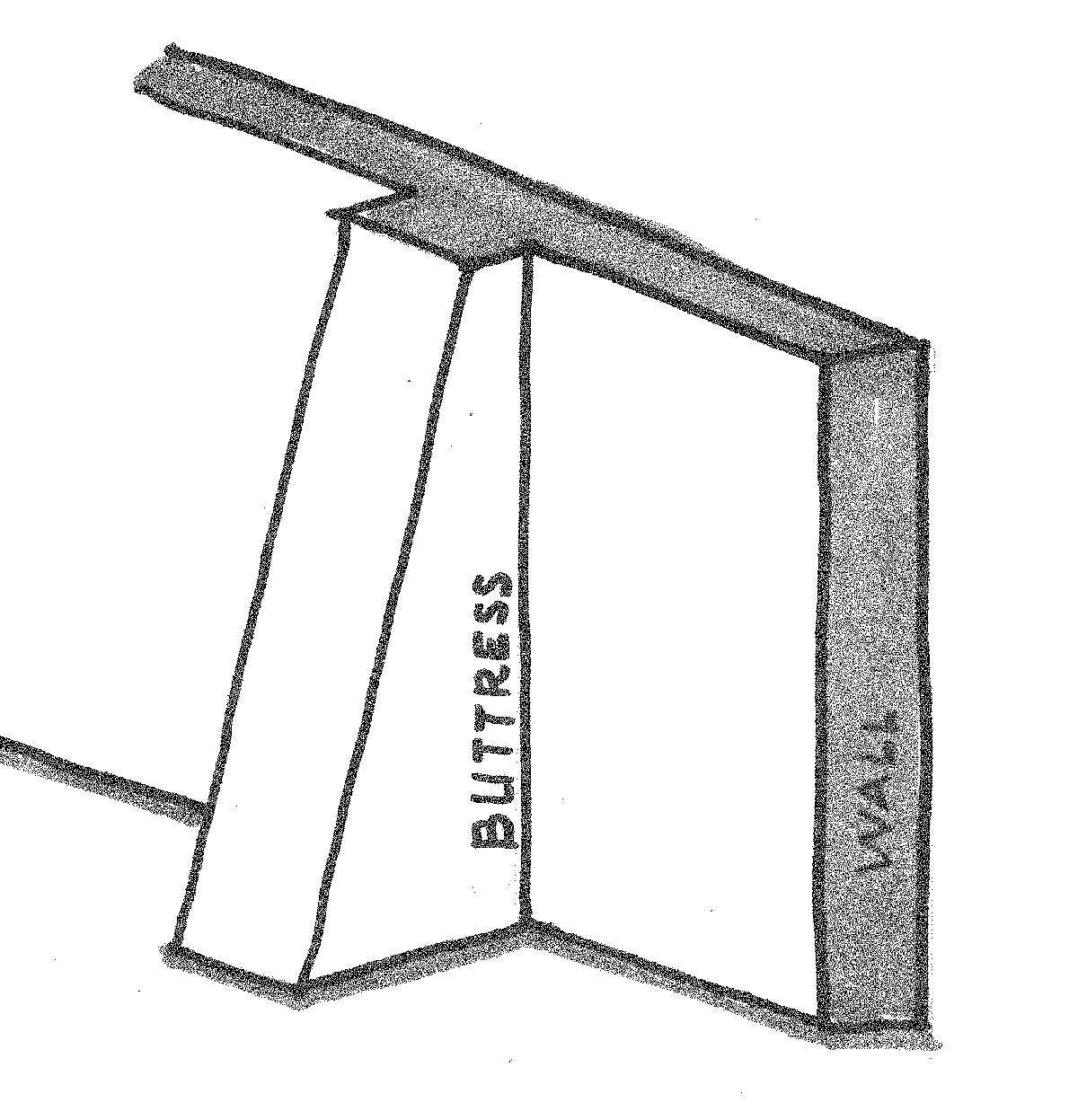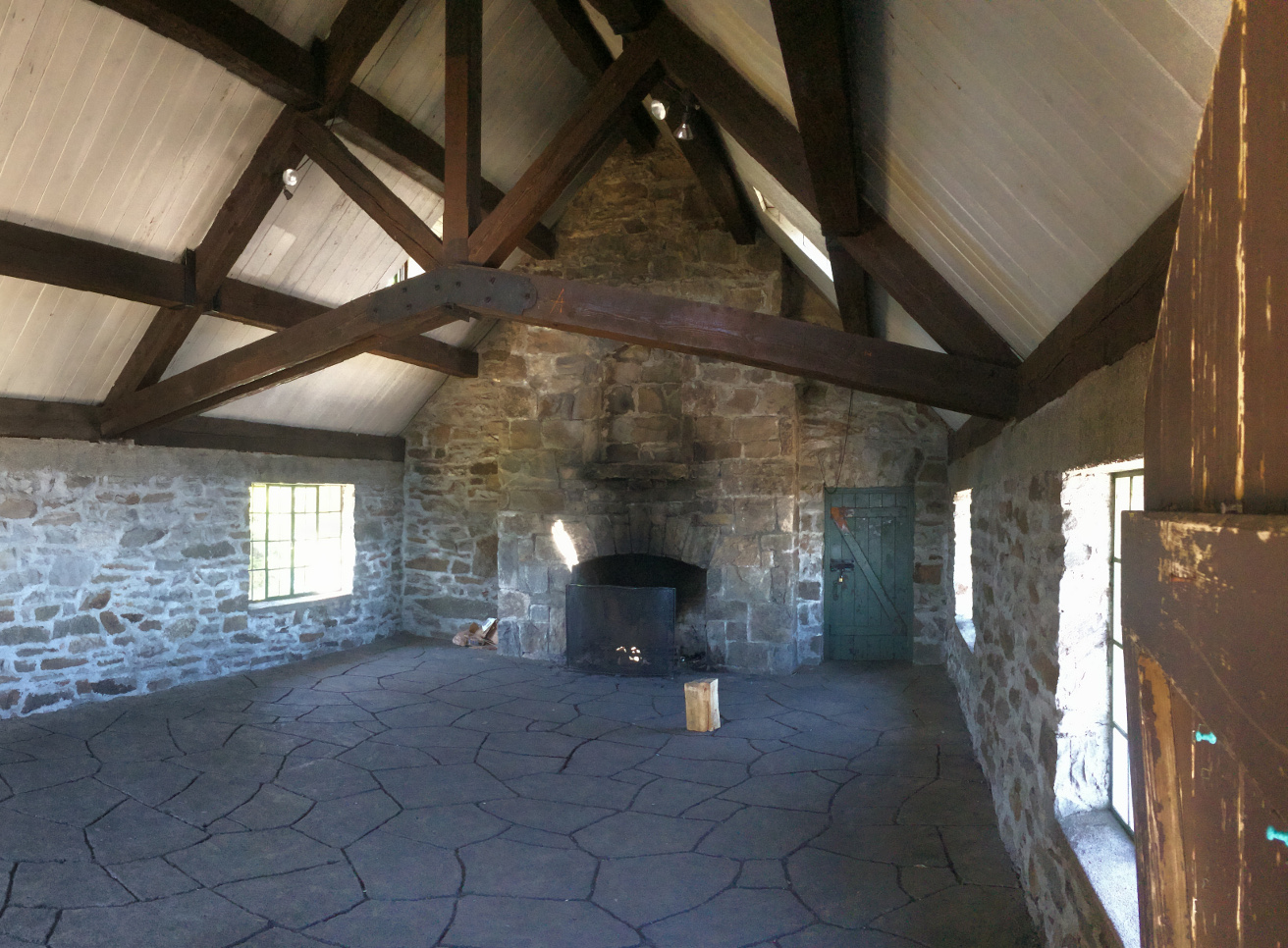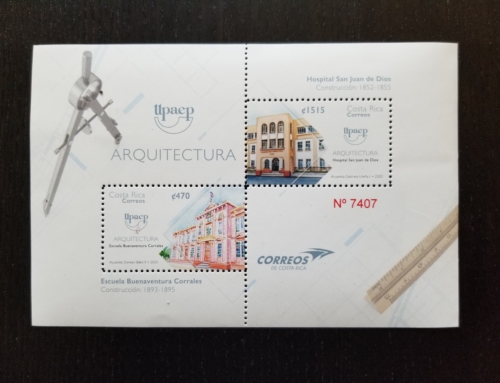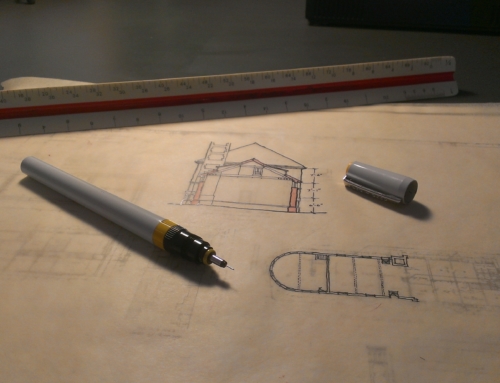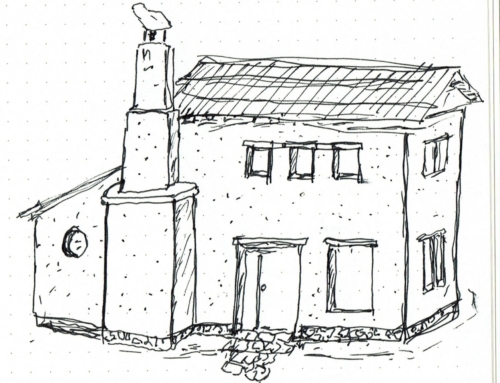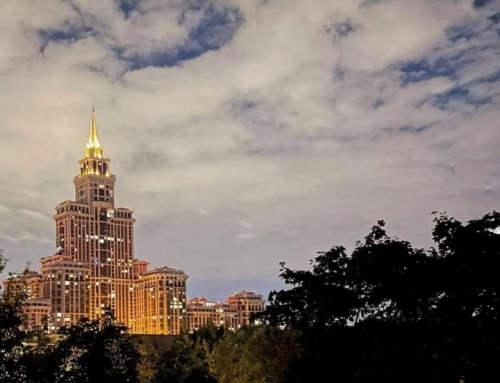Written by: Allen Kabanuk
On a recent trip I had the opportunity to visit the Vista House. Not the more famous Columbia River Gorge Vista Houe, but the one on Mt. Spokane in eastern Washington. Constructed in 1933 from the design of local architect, Henry C. Bertelsen (1888-1963), the structure takes advantage of on-site materials like granite (the whole top is covered in granite rubble) and timber. Today it’s used as a warming hut for winter skiers and, also, once used as a fire lookout. It’s a nice little building perched on the peak of the mountain. While I was walking around the outside one interesting detail caught my eye- a little roof dormer over a stone buttress.

For those needing a refresher, a buttress looks like a square column attached along one side to the exterior wall. It strengthens the wall, typically taking outward horizontal forces created by the roof (or anything else) or large concentrated loads that the wall would not be able to handle alone. It’s also an ingenious way to save on building materials. Instead of constructing the entire wall the thickness of the buttress just have the thick wall where you need it.
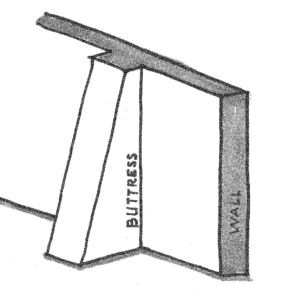
Medieval architects used buttresses a lot for tall stone cathedral walls. It’s a technology that dates back 5 centuries or more to the earliest stone buildings but is not as common now with advanced materials like reinforced concrete and steel. But why exactly is there one here? Once inside there was my answer – a large gathering room with an open cathedral ceiling, supported by a hand-built wood truss that not-so-coincidentally aligns with the buttress outside. The buttress is taking loads from the truss and directing them into the mountain top.
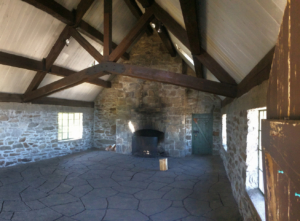
My best guess for the reason for the little roof is the truss rests on the wall above the level of the roof. So instead of raising the whole roof, the little dormer was incorporated. A great little detail that adds character, highlights the buttresses presence, and speaks to the authenticity of the stone wall, as opposed to a stone faced concrete wall for example.



